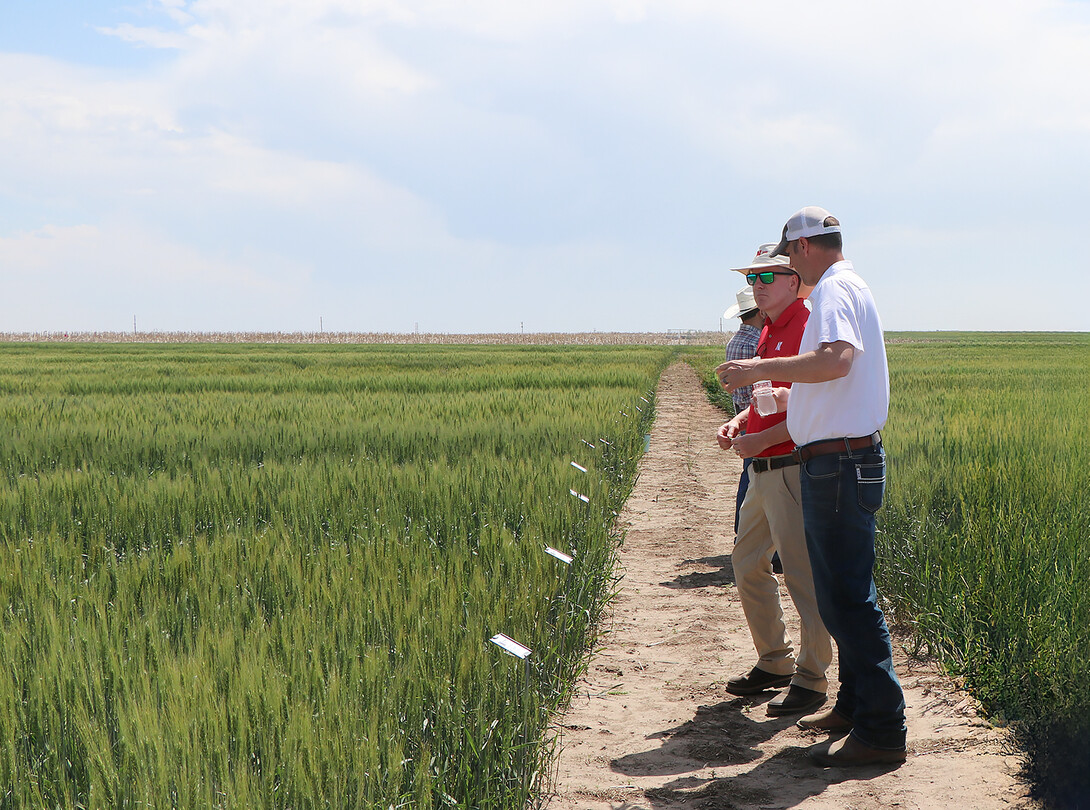
The University of Nebraska - Lincoln Crop Performance Testing Program hosted its annual wheat variety tours June 5, 9 -12, across Nebraska.
A dry fall and winter saw wheat fields in an exceptionally rough condition this year. The fall drought led to poor and uneven emergence, and many wheat fields had late emergence this spring. So, the stands are uneven and poor, with differing stages of maturity, which could create challenges for harvesting. Spring rains did finally arrive in late May.
“The wheat tours, I would say, on the whole, were slightly encouraging,” said Amanda Easterly, Nebraska Extension dryland cropping specialist. “Across the state, I think, we really benefited from some of the May rains. And I think it will save a lot of folks' crops.” One frustrating aspect, she said, was that the tour did have a field day, where a couple of areas were hit really hard with the wheat streak mosaic virus.
The possibility of disease, including the wheat streak mosaic virus, will continue after harvest.
“I think we're going to have to be mindful and watch for wheat streak closely again next year,” Easterly said. The tour also saw some stripe rust starting, but at this point in the growing season, it’s too late to do anything about it. “The stripe rust will have a minimal effect on final yield. And we're too close to harvest to spray fungicide.
Along with the year’s challenges, western Nebraska has experienced some good rains this spring. Easterly said the rains should help finish the crop out. “I was worried about test weight with the drought, and though the rains came during or after pollination, they can help fill out the kernels that did pollinate.”
For more information on the wheat streak mosaic virus visit: https://cropwatch.unl.edu/wheat-streak-mosaic-picks-across-southern-nebraska-early-presence-signals-need-summer-control/.







